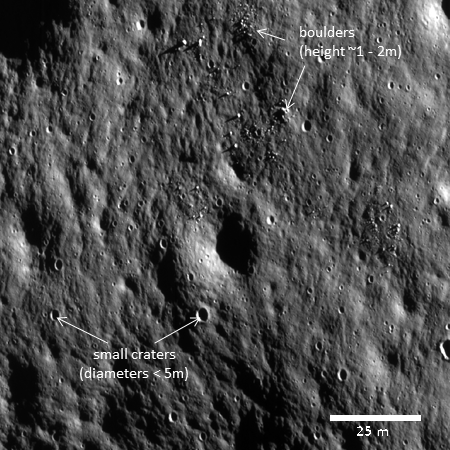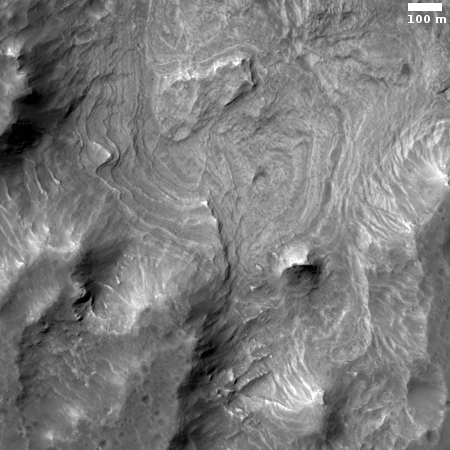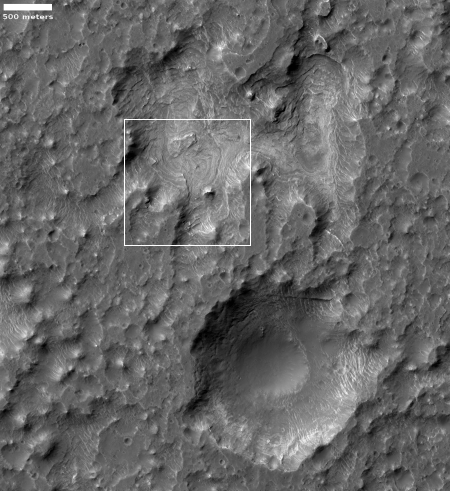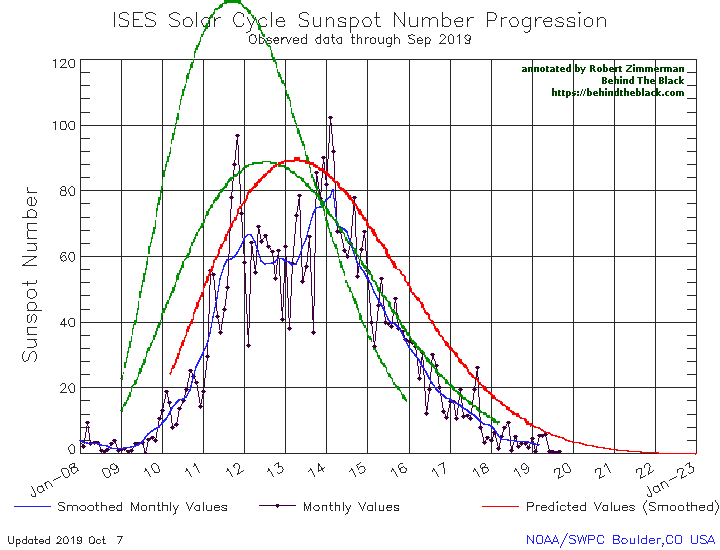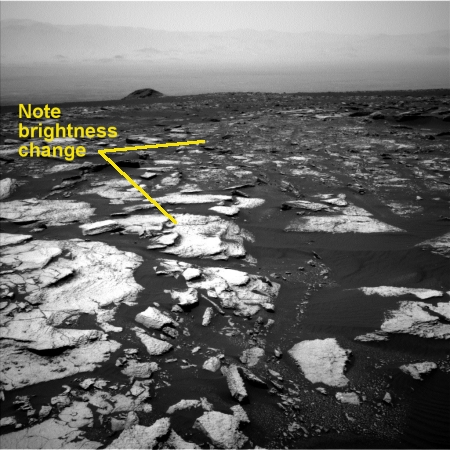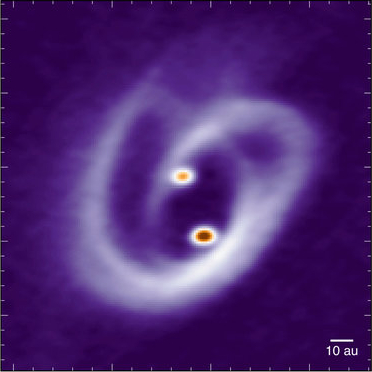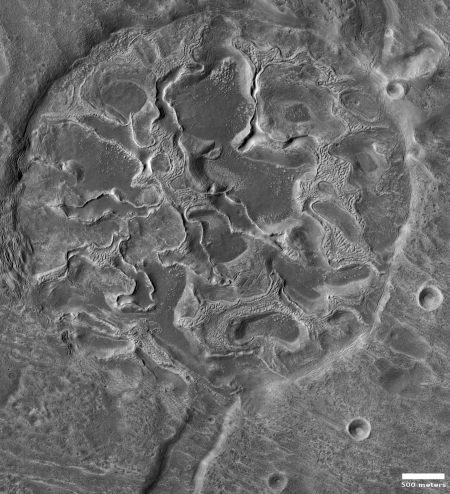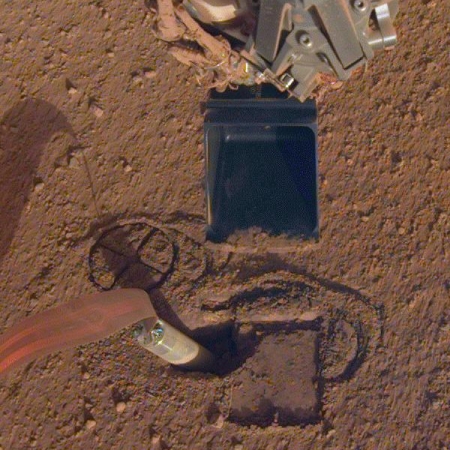Two fans removed from NBA game for holding “Free Hong Kong” signs
They’re coming for you next: Two fans were removed from an NBA exhibition game in Philadelphia (home to the Liberty Bell) yesterday for holding up “Free Hong Kong” signs.
This is a continuation of the recent story which started when the general manager of the NBA’s Houston Rockets, Daryl Morey, had tweeted support for the Hong Kong protesters. Because the NBA has many financial ties with China (including a training camp in a region in China where they also have their death camps), the NBA demanded and got an apology from that general manager, and has since been taking whatever action it can to squelch any criticism of China within or linked to the league. The removal of these two fans is part of that oppressive campaign, all aligned with this demand by China:
“We are strongly dissatisfied and we oppose [any] claim to support Morey’s right of free expression. We believe that any speech that challenges national sovereignty and social stability is not within the scope of freedom of speech,” CCTV said in its statement in Chinese, which was translated by CNBC.
What disturbs me most about this story is that it could not have happened if only the NBA had demanded it. It required the willing cooperation of the Philadelphia 76ers management, the security detail at the stadium, and the crowd surrounding these fans.
In the past all Americans would have told the Chinese to go jump in a lake. We would have laughed at these demands, even those businesses whose financial dealings with China that might be lost by taking such a stand.
If anything, Americans in the past would have suddenly started showing up at every NBA game, carrying hundreds of “Free Hong Kong” signs. At this moment I see no evidence of this happening. Americans apparently are now the sheep that dictatorships like China can nonchalantly rule, at their whim.
They’re coming for you next: Two fans were removed from an NBA exhibition game in Philadelphia (home to the Liberty Bell) yesterday for holding up “Free Hong Kong” signs.
This is a continuation of the recent story which started when the general manager of the NBA’s Houston Rockets, Daryl Morey, had tweeted support for the Hong Kong protesters. Because the NBA has many financial ties with China (including a training camp in a region in China where they also have their death camps), the NBA demanded and got an apology from that general manager, and has since been taking whatever action it can to squelch any criticism of China within or linked to the league. The removal of these two fans is part of that oppressive campaign, all aligned with this demand by China:
“We are strongly dissatisfied and we oppose [any] claim to support Morey’s right of free expression. We believe that any speech that challenges national sovereignty and social stability is not within the scope of freedom of speech,” CCTV said in its statement in Chinese, which was translated by CNBC.
What disturbs me most about this story is that it could not have happened if only the NBA had demanded it. It required the willing cooperation of the Philadelphia 76ers management, the security detail at the stadium, and the crowd surrounding these fans.
In the past all Americans would have told the Chinese to go jump in a lake. We would have laughed at these demands, even those businesses whose financial dealings with China that might be lost by taking such a stand.
If anything, Americans in the past would have suddenly started showing up at every NBA game, carrying hundreds of “Free Hong Kong” signs. At this moment I see no evidence of this happening. Americans apparently are now the sheep that dictatorships like China can nonchalantly rule, at their whim.

